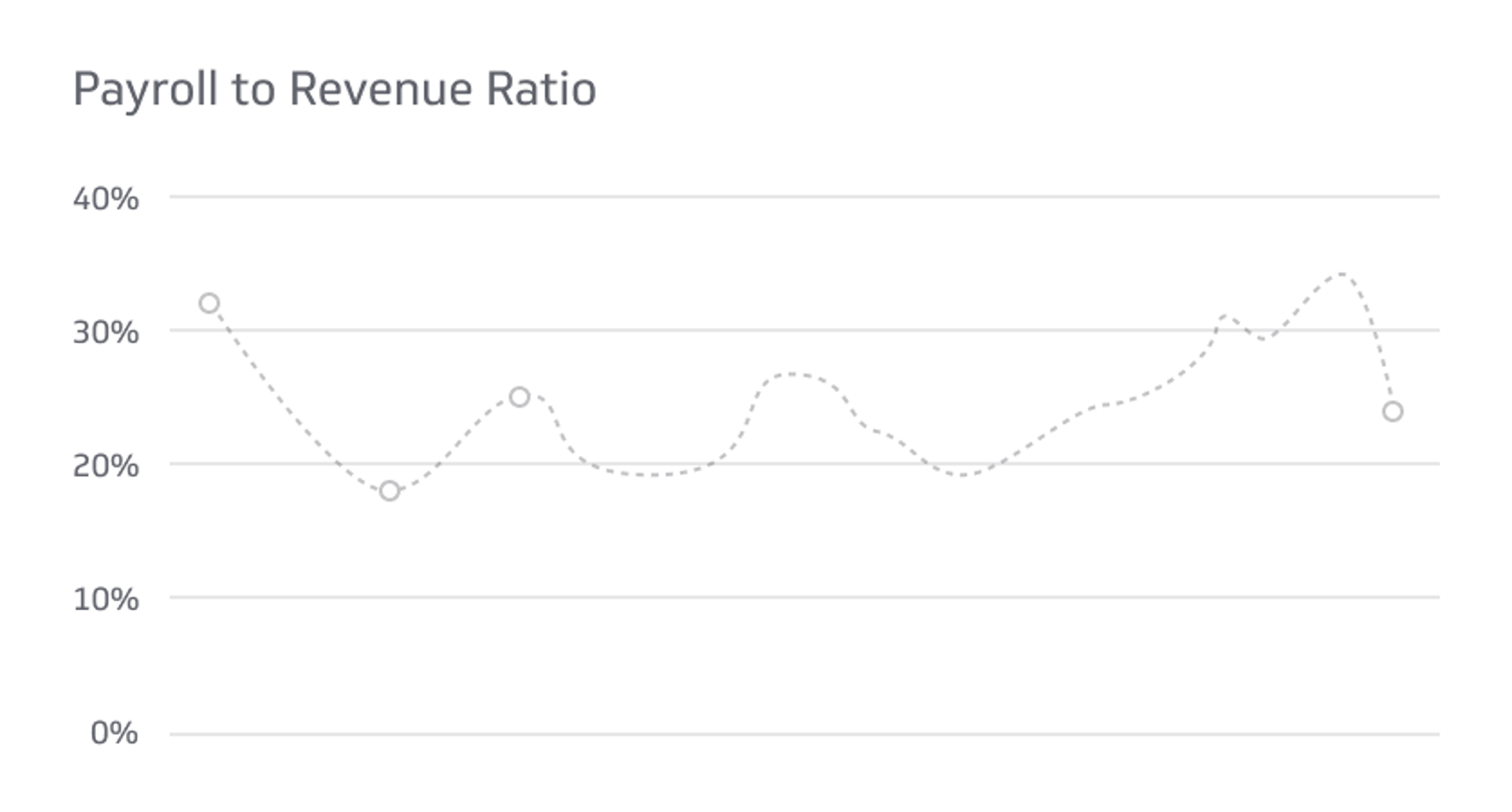
The operating ratio shows how efficient a company’s management is at keeping costs low while generating revenue or sales. The smaller the ratio, the more efficient the company is at generating revenue vs. total expenses. By assessing the inventory turnover ratio, businesses can identify areas for improvement, such as reducing excess inventory, optimizing supply chain processes, or adjusting pricing strategies. It provides valuable insights into the efficiency and effectiveness of inventory management, ultimately contributing to better financial performance and customer satisfaction. The expense ratio is the amount of a fund’s assets used towards administrative and other operating expenses.
Step 3: Calculate Your Total Revenue
A high net profit margin indicates that the business is efficient in managing its costs and generating value for its owners and investors. A low net profit margin, on the other hand, may signal that the business is facing challenges in increasing its sales, reducing its costs, or both. In this section, we will explore the net profit margin in more detail and learn how to calculate and interpret it for different types of businesses. We will also look at some of the factors that can affect the net profit margin and how to improve it. The gross profit margin, operating profit, and net profit margin ratios are the most commonly used measurements of business profitability. Net profit margin reflects the amount of profit a business gets from its total revenue after all expenses are accounted for.
- In today’s competitive market, attracting and retaining customers is a challenge for any business….
- Determine your total revenue – the gross revenue generated, before deducting any expenses.
- It is written off over the useful economic life of the asset being either straight-lined or on a usage-proportional basis.
- In this section, we will explore the net profit margin in more detail and learn how to calculate and interpret it for different types of businesses.
Why it’s important to understand expense ratios
Profitability ratios generally fall into two categories—margin ratios and return ratios. Amanda Bellucco-Chatham is an editor, writer, and fact-checker with years of experience researching personal finance topics. Specialties include general financial planning, career development, lending, retirement, tax preparation, and credit. 11 Financial is a registered investment adviser located in Lufkin, Texas.
Increasing Sales Revenue
Overhead is categorized under Selling, General & Administrative Expenses on the income statement. The operating ratio doesn’t indicate the profitability of non-operating income and expenses though. So it’s best used together with other metrics like return on assets (ROA) or return on equity (ROE) to assess overall company performance. The term operating ratio refers to the efficiency of a company’s management by comparing the total operating expense (OPEX) of a company to net sales.
Impact on Return on Assets and Equity

To safeguard investor interests, the Securities and Exchange Board of India (SEBI) imposes restrictions on expense ratios charged by asset management companies. For instance, the maximum TER for an initial asset base of Rs. 500 Crore is 2%, with subsequent tiers incurring lower ratios. In this blog, we’ll explain what the expense ratio is, why it’s important, and how it can affect your investment returns. So, let’s dive into the world of expense ratios and see how it can affect your investments! Over the past 20 years, expense ratios among all funds — including both passive and active — have been trending downward. Fund Fee Study, the asset-weighted average expense ratio fell to 0.41% in 2020 from 0.93% in 2000.
How do expense ratios affect the performance of mutual funds and ETFs?
This means that, on average, the store sells and replaces its inventory five times within a year. This means that the business retains $0.40 of each dollar of revenue as gross profit, and spends $0.60 on the COGS. In order to figure out the profit margin, you need to divide net income period costs vs product costs: what’s the difference after tax by net sales. Financial ratios are used to analyze different categories including company debt, liquidity, and profitability. The following financial ratios are derived from common income statements and used to compare different companies within the same industry.
They reflect how well a business manages the investments to produce value for investors. Broadly speaking, higher profitability ratios can point to strengths and advantages that a company has, such as the ability to charge more (or less) for products and to maintain lower costs. For example, if you invest ₹10,000 in a fund with a 2% expense ratio, you would pay ₹200 in fees annually. However, if you invest the same amount in a fund with a 0.5% expense ratio, you would only pay ₹50 in fees annually. The expense ratio refers to the percentage of an investment’s assets that are used to cover the ongoing expenses related to the management and administration of that investment.
They often face situations of overstocking, leading to shrinkage, or understocking, leading to lost sales. We’re a headhunter agency that connects US businesses with elite LATAM professionals who integrate seamlessly as remote team members — aligned to US time zones, cutting overhead by 70%. It’s important to regularly review and reassess cost-saving measures to ensure ongoing efficiency and financial optimization.
